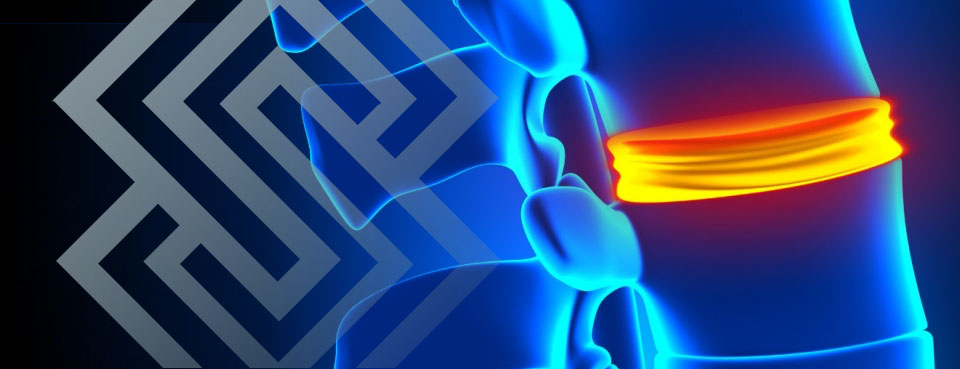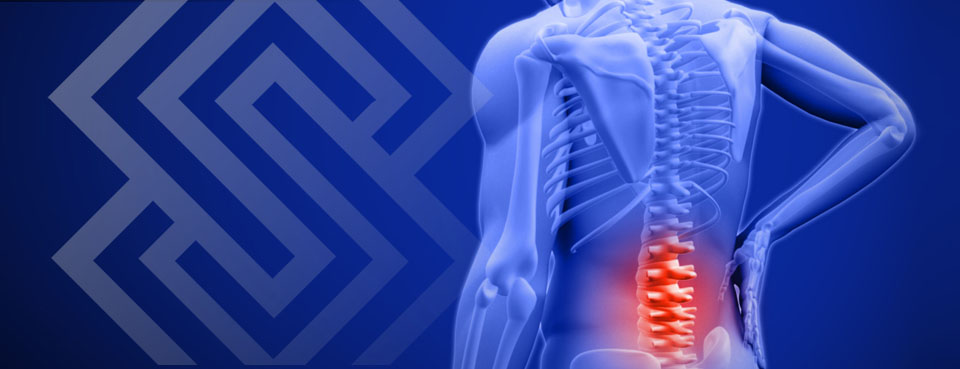Facet Disease / Syndrome
The spine begins to degenerate over time as we age. Every part of the spine can be affected by age-related changes, including the facet joints that connect the spinal vertebrae. Most vertebra have two facet joints, one located on each side. Facet joints are lined with cartilage, absorbing shocks, cushioning joints and prevent our bones from being damaged from grinding against each other. Without a certain amount of cartilage, joints become painful and lose stability.Facet joint disease is also known as “facet arthritis” or “facet hypertrophy”. Facet joint disease occurs when cartilage within the facet joints is worn down and causes uncomfortable to debilitating symptoms. Facet joint disease most commonly affects the lumbar / lower back area of the spine, due to the enormous weight the lower back supports, but can also all areas of the entire spine.
Causes of Facet Disease
Natural aging is the most common cause of facet disease due to the stress placed upon the spine over many years. Several factors can also accelerate the progression of facet joint disease including:• Osteoarthritis.
• Spondylolisthesis.
• Trauma or an accident causing injury.
• Repetitive, strenuous movements that occur during sports or work activities.
• Lifting heavy objects incorrectly.
• Smoking.
• Malnutrition / inadequate diet.
• Obesity.
• Sedentary lifestyle.
• Genetic predispositions
• Congenital complications developed at birth or during adolescence.
• An acute injury to the back.
• Rapid twisting movement.
• Rapidly sitting or standing.
Facet Disease Symptoms
Symptoms caused by facet joint disease are dependent on the location of the damaged facet joint(s). If the damaged joint is located in your lumbar area or lower spine, symptoms are more likely to be felt in the buttock, thighs and legs. If the damaged joint is in the cervical or thoracic areas of the upper spine, symptoms are generally felt around the neck and shoulders. General symptoms can also include:• Lower back pain that can emanates into buttocks or upper thighs.
• Pain radiating through the back of the neck and into the shoulders.
• Bone spurs.
• Inflammation.
• Stiffness and difficulties with daily tasks.
• Soreness of localized areas.
• Loss of mobility.
• Muscular spasms.
Notice:
This advertisement has been provided for informational purposes only and should not be used as a substitute for medical treatment or an actual diagnosis. If you are experiencing pain that may be associated with back or neck disorders you should seek the care of a doctor as soon as possible or immediately if your symptoms are accompanied by incontinence / loss of bladder or bowel control, as these may be signs of life threatening condition.

